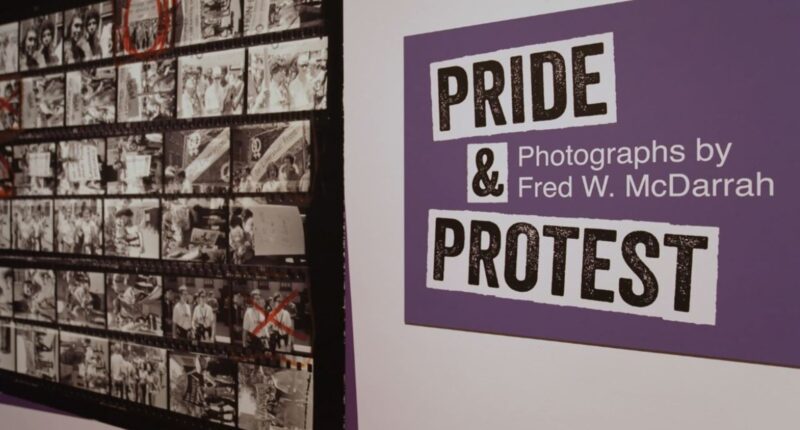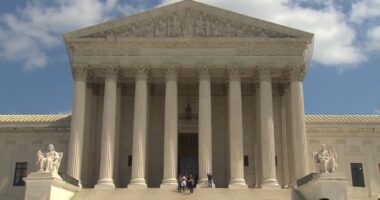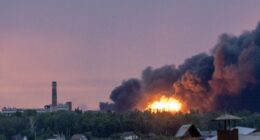In New York, a Village Voice photographer named Fred W. McDarrah skillfully documented significant moments from the latter half of the 20th century using his camera and a keen eye for detail. McDarrah wandered the streets of Gotham, capturing iconic scenes that have stood the test of time.
Working out of the newspaper’s headquarters in Greenwich Village, McDarrah had a front-row seat to numerous pivotal LGBTQ+ events by simply stepping outside. His photographs preserved moments and individuals that would have otherwise faded into obscurity.
“He had a deep understanding of the community and the events unfolding within it. McDarrah’s images showcased places and subjects that were not part of the mainstream narrative, yet they held a significant presence,” explained Marilyn Kushner, curator of a new exhibition honoring McDarrah’s extraordinary legacy. The New York Historical, previously known as the New-York Historical Society, is currently presenting “Fred W. McDarrah: Pride and Protest,” a collection featuring over 60 of his powerful black-and-white photographs.
McDarrah was there for the historic “sip-in” at Julius Bar in 1966, an early but important act of protest, to the much more well known and seismic Stonewall Riots a mere three years later. By the 1980s, he was on the scene as protestors took to the streets to raise awareness about the AIDS epidemic, and documented the AIDS Quilt, which panel by panel hauntingly told of the toll the disease had taken in such a short time.
A who’s who of key personages encountered his lens, including Larry Kramer of ACT UP and the activist Marsha P. Johnson. Household names like James Baldwin, Allen Ginsberg, Andy Warhol, Susan Sontag, and Tennessee Williams also grace his prints.
“Fred McDarrah was making a visual record. He was there for so many things that were going on at that time. He was there for women’s rights. He was there for LGBTQ queer rights. He was there for the anti-war (protests). He was there for Black rights,” Kushner said of just some of the swath of history McDarrah preserved from the 1950s through the 1990s.
“Fred McDarrah’s legacy should be, ‘I was there .. I recorded it for future generations’,” Kushner said.
The exhibit will remain on view through July 13, 2025.
Producer: John Antalek
Videographer/editor: Stephen Cioffi
Text: Rolando Pujol

















